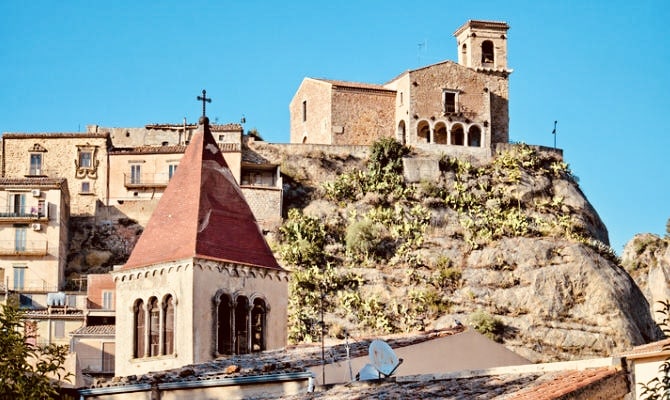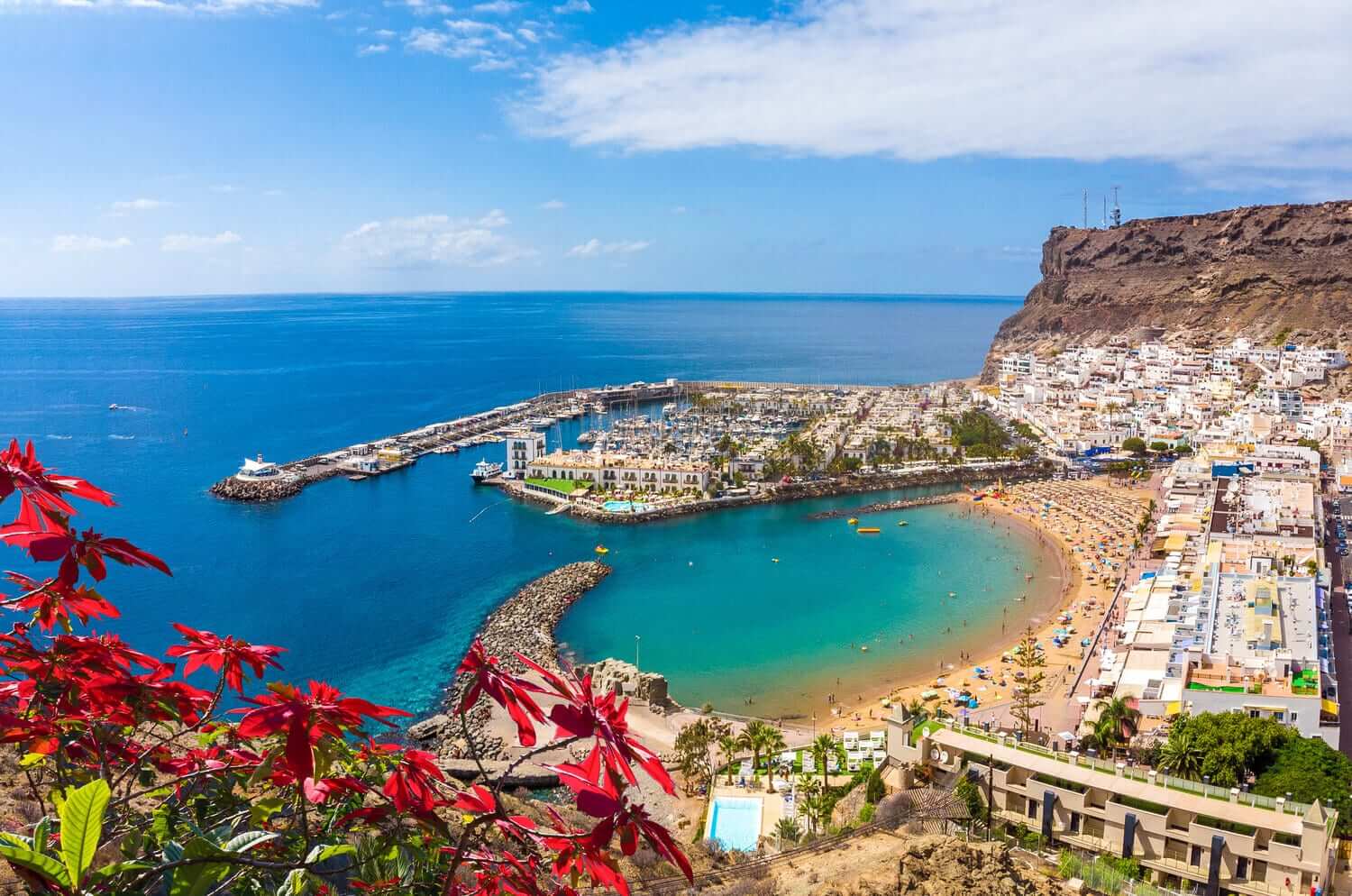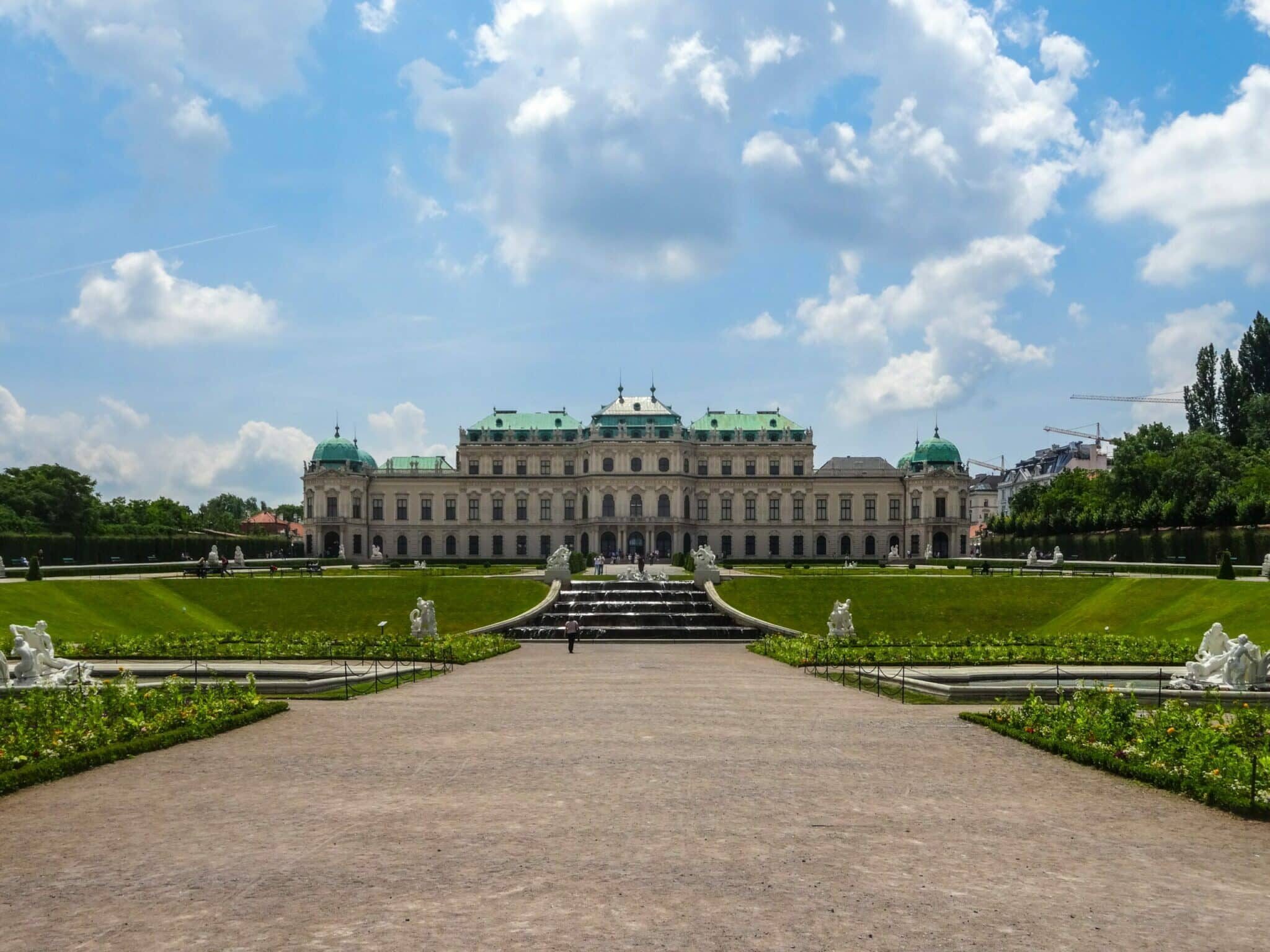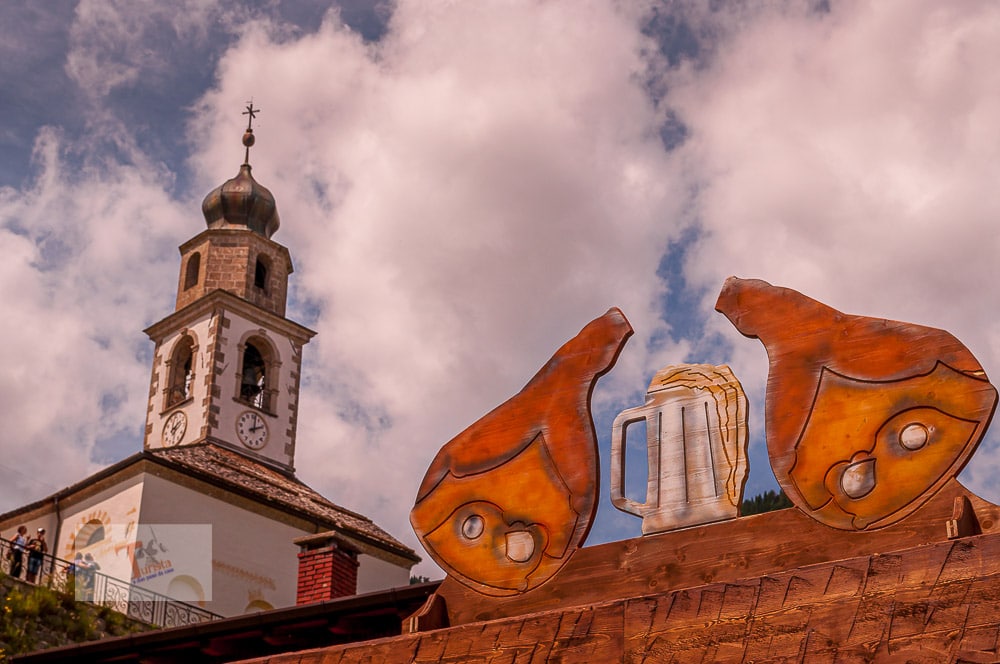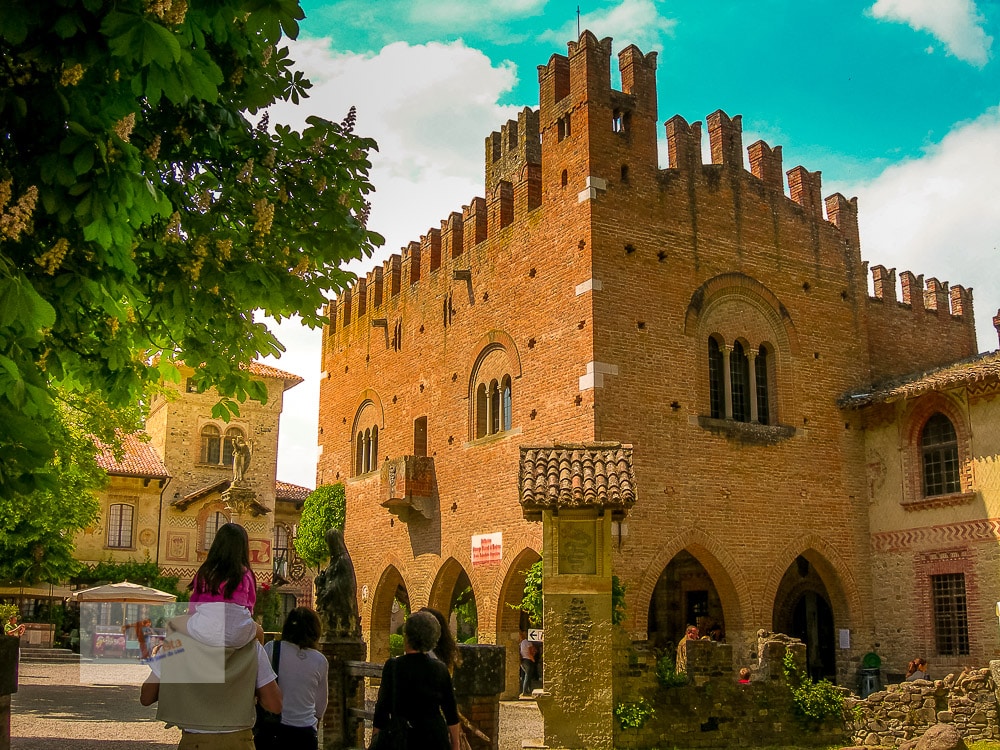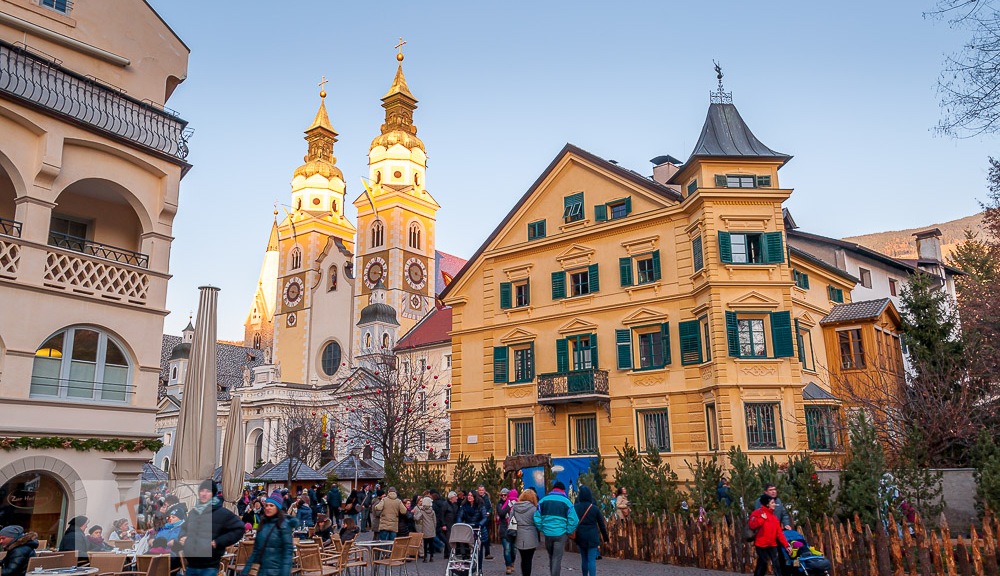Nicosia
Nicosia is a town in the province of Enna, Sicily, with a population of 15,000 people, and it should not be mistaken with the capital of Cyprus. It’s a village in Italy, or better still, Sicily, near Enna (one hour by car).
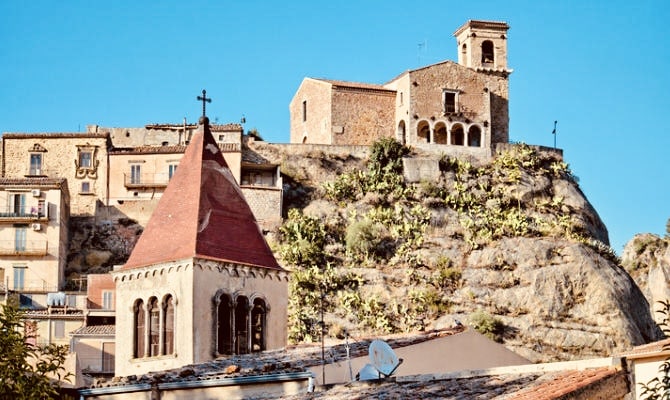
Why is Nicosia considered one of Italy’s most beautiful villages?
Let’s just say we got lucky and went to Nicosia with locals, residents, and the founders of the Eco-Museum, who were able to tell me everything there was to know about this wonderful village.
Behind it all is a profound love, but also an ancient story of immense luster and magnificence… which, of course, we couldn’t have imagined.
The land of 100 churches ⛪
During the period of the Bourbons, Nicosia was a very important city!
It is the fifth-largest and most significant city in Sicily, and it is only because of this fact that there are so many and varied things to visit.
Here, the beauty of 100 churches was erected, and now, around 50 churches survive, in a community of 15 thousand people. Don’t you think that’s incredible? To me, yes.
Not only that, but Nicosia also witnessed the passing of Charles V, who presided over parliament in the plaza and sat on a throne that can still be seen today in the Basilica of Santa Maria Maggiore.
In Nicosia, there are so many things to visit! On the one hand, the visual impact, which confronts you as soon as you enter among architecture, rock art, and bizarre circumstances.
On the other side, there are so many hidden jewels to discover!
The Casazza of Nicosia
The Casazza is a procession, or a wandering figurative representation, with actors dressed in historical costumes who suggest the Old and New Testaments.
Originally from Genoa, this custom reaches Sicily around 1500 owing to the trade of the period, and Nicosia’s was arguably one of the most spectacular. It lasted around 12 hours, and there were reports of up to 20,000 people attending.
Even though things are different today, there are still thousands of visitors for the occasion (3,000 in 2017) and a lot of anticipation for the event.
Norman castle 🏰
Nicosia Castle is perched on the city’s tallest cliff.
The magnificent bastion of the Norman bridge with the pointed arch flanked by two towers for protecting the entrance is located at an altitude of 814 meters above sea level.
The Norman coat of arms is shown above the arch, which is circular on the inside.
Upon entering this door and going down a little to the left, you will find the entrance door to the Castle with the walls and inside a large open space known as the “walnut floor of the armed men” in the middle of which there was a narrow well at the mouth and a wide below with another vent, of which the bottom could not be found despite extensive explorations.
At a height of 874 meters, the Castello Grande may be reached by ascending a short walk.
It consisted of four multi-compartment towers where all of the armed men resided, and from there, a small passage opened that went across an 80-meter-long bridge with battlements for each sides’ protection.
The famous Nigr cave, located on the right side of the bridge, is a never-explored tomb and the subject of countless stories.
After crossing the bridge and descending a rock ladder, you arrive on the opposite side of the castle, known as the Castelletto, at a height of 866, where the Castellano resided with his family. Three towers, a sundial, and two semi-buried cisterns served as reservoirs for the Castelletto.
The Nicosia Castle has a long and illustrious history. According to ancient historians, it began as a tiny Byzantine nucleus that housed survivors of Herbita’s destruction, subsequently adding a community of Muslims; in 1065, Count Roger captured the Castle and turned it into a stronghold.
Cathedral of San Nicolò
It is the most memorable creation of Piazza Garibaldi, dedicated to St. Nicholas of Bari and constructed in the Cathedral with the Bull of Pope Pius VII on March 17, 1817.
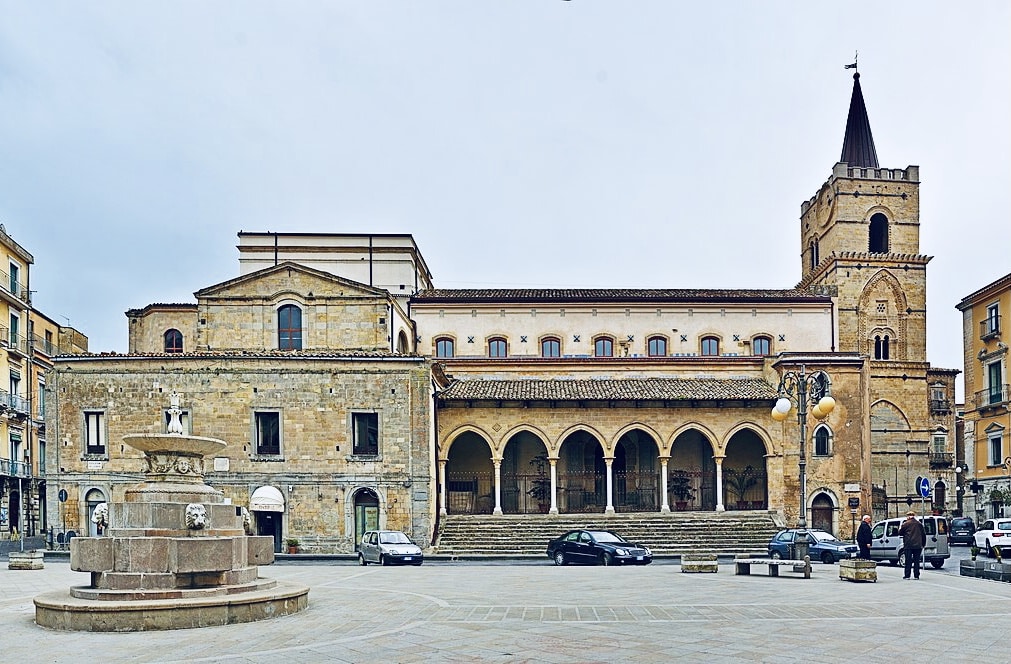
The precise date of realization is unknown. The bell tower, which stands around 40 meters tall and is divided into three levels, flanks the main doorway. The first, with its massive Gothic arches, was most likely an Arab outpost and a civilian watchtower that was only subsequently connected to the church. Elegant windows, rosettes, columns, plinths, coats of arms, and arabesques adorn the second level. Its interior functioned as a conference room and contained the city’s initial weights and measures, which are now inscribed on the outside of the central apse. The third story, which features round-arched windows and is fitted with bells and a clock face, was erected in the second part of the 16th century. The entire complex culminates in a crenelated terrace with a spire decorated in polychrome majolica in the middle and four smaller ones at the corners, built around the turn of the 17th century. They were struck by lightning and removed to lighten the tower, which was severely damaged and in need of restoration, which was just recently completed. The beautiful portico overlooks Piazza Garibaldi, which was carved in 1489-90 by Gagini school sculptors G. De Battista and A. Mancino utilizing six marble columns and sandstone pointed arches.
Nicosia Convent ✝
The Capuchin fathers founded the Convent of Nicosia in 1500, and it has a long history.
The convent is the third-largest in Sicily by construction, and despite being converted into a judicial jail in 1866, it remains a very attractive location, particularly for the large garden that surrounds it, where numerous events are held. You can remain here for quiet stays, spiritual retreats, and conventual life.
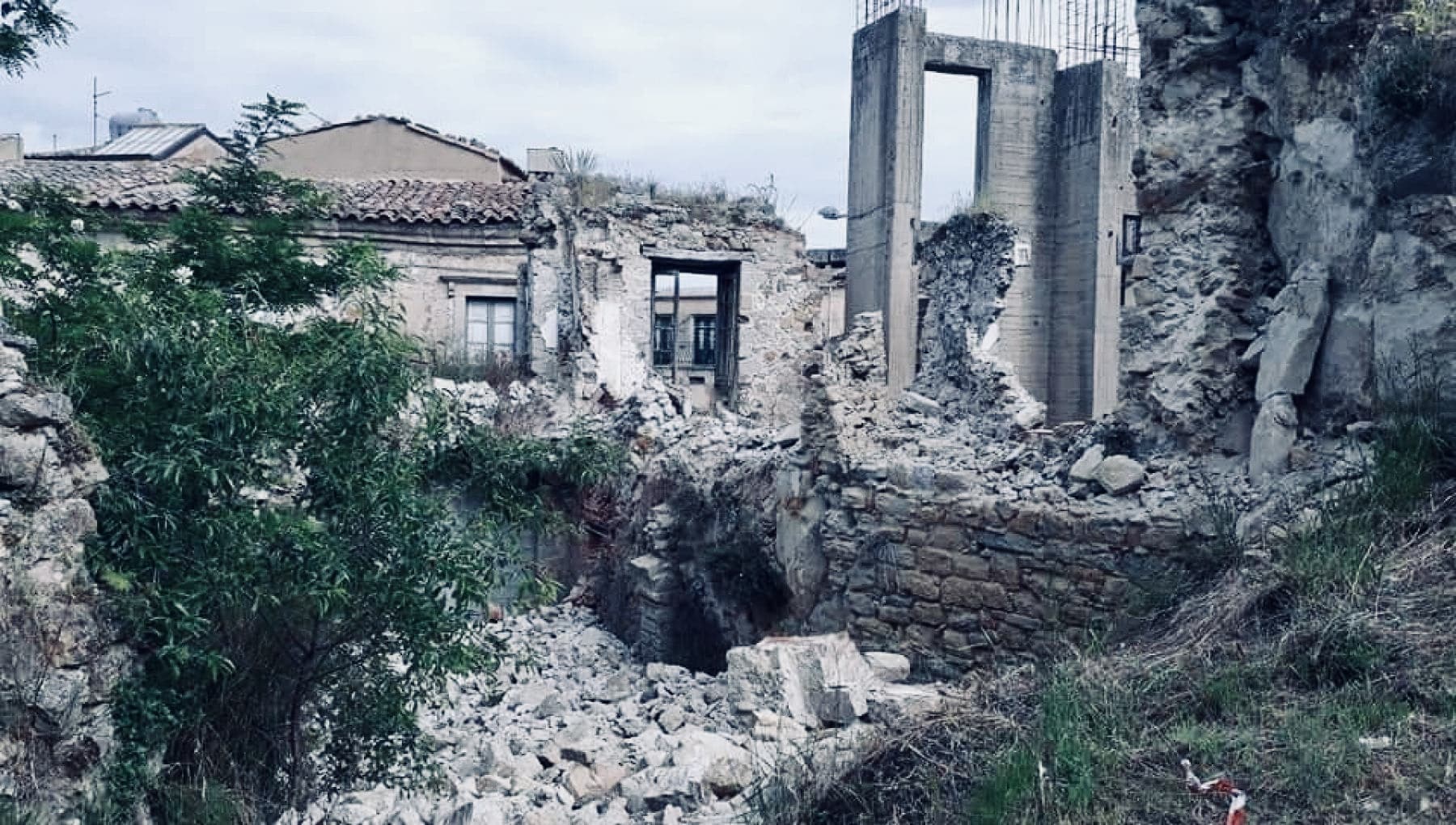
In the “old” part of the Convent, there is a cave. Perhaps in ancient times, there must have been a painting on the rock itself, but that over time has been lost.
Baronial palaces 🏯
Furthermore, there are a number of well-preserved baronial palaces that you may view and visit. In this scenario, contact the environmental museum to learn more about them and how to visit them.
Basilica of Santa Maria Maggiore
The mass of the Basilica of Santa Maria Maggiore, located in the higher part of town, under the foot of the castle, fascinates everybody who looks at the Nicosian landscape.
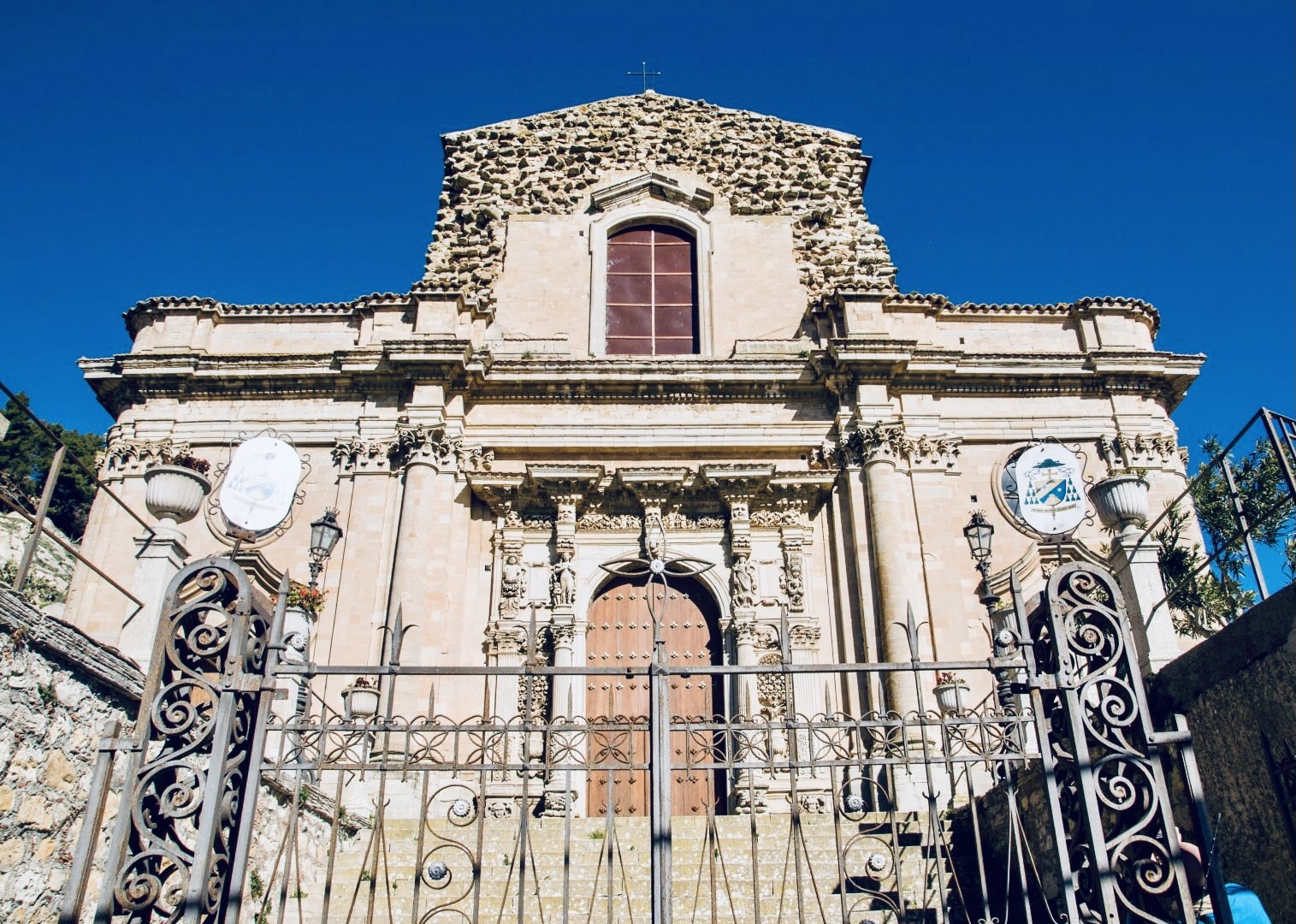
It was constructed to replace the church of Santa Maria La Scala, which stood a little farther down, beyond the Piano dell’Orologio, where the foundations may still be seen, but were destroyed in the catastrophic landslide of 1757.
Three naves, sixteen columns with Corinthian-style capitals, and an octagonal dome make up the interior, which was stuccoed and ornamented by Catania’s Carmelo Guglielmino in the early 1900s. The Madonna dell’Assunta, sculpted by Filippo Quattrocchi of Gangita in 1792, may be seen on the right as you enter from the main doorway. Along the nave, there is a wooden figure of Sant’Onofrio by Stefano Li Volsi, as well as Carlo’s chair, V, on which the king sat in 1535 during his visit in Nicosia. The chapel of the Holy Crucifix, in the right apse, houses the Crucifix of the Father of Mercy, which was created by the Nicosian Vincenzo Calamaro in the early 1600s.

